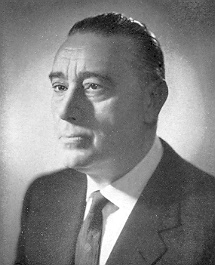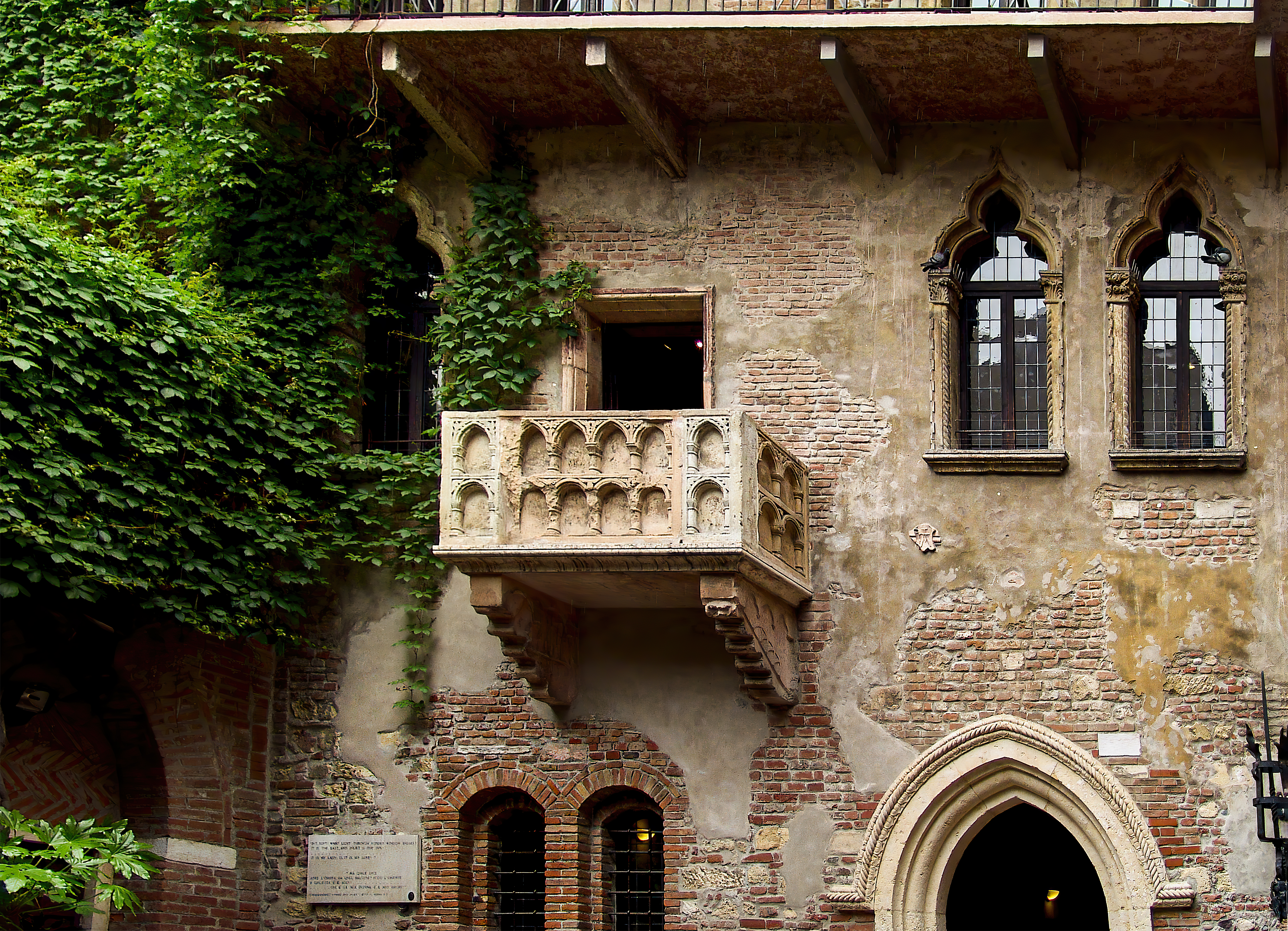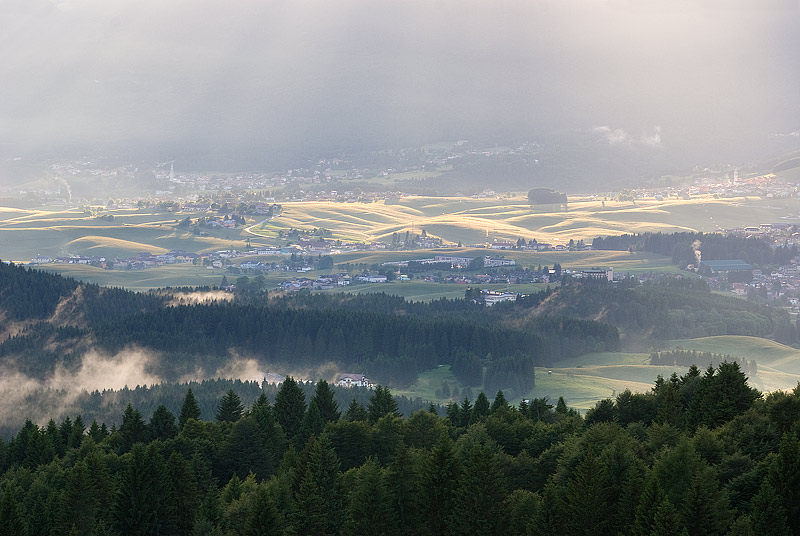|
1963 Italian General Election In Veneto
The Italian general election of 1963 took place on 28 April 1963. Christian Democracy (DC) was by far the largest party in Veneto Veneto, officially the Region of Veneto, is one of the 20 regions of Italy, located in the Northeast Italy, north-east of the country. It is the fourth most populous region in Italy, with a population of 4,851,851 as of 2025. Venice is t ... with 52.7% of the vote. Results Chamber of Deputies SourceRegional Council of Veneto/small> Provincial breakdown SourceRegional Council of Veneto/small> Senate SourceRegional Council of Veneto/small> {{DEFAULTSORT:Italian General Election, 1963 (Veneto) Elections in Veneto General, Veneto ... [...More Info...] [...Related Items...] OR: [Wikipedia] [Google] [Baidu] |
1963 Italian General Election
The 1963 Italian general election was held on Sunday April 28.Dieter Nohlen & Philip Stöver (2010) ''Elections in Europe: A data handbook'', p1048 It was the first election with a fixed number of MPs to be elected, as decided by the second Constitutional Reform in February 1963. It was also the first election which saw the Secretary of Christian Democracy to refuse the office of Prime Minister after the vote, at least for six months, preferring to provisionally maintain his more influent post at the head of the party: this fact confirmed the transformation of Italian political system into a particracy, the secretaries of the parties having become more powerful than the Parliament and the Government. Electoral system The pure party-list proportional representation had traditionally become the electoral system for the Chamber of Deputies. Italian provinces were united in 32 constituencies, each electing a group of candidates. At constituency level, seats were divided between open ... [...More Info...] [...Related Items...] OR: [Wikipedia] [Google] [Baidu] |
Christian Democracy (Italy)
Christian Democracy (, DC) was a Christian democratic political party in Italy. The DC was founded on 15 December 1943 in the Italian Social Republic (Nazi-occupied Italy) as the nominal successor of the Italian People's Party (1919), Italian People's Party, which had the same symbol, a crusader shield (''scudo crociato''). As a Catholic-inspired, centrist, catch-all party comprising both centre-right and centre-left political factions, the DC played a dominant role in the politics of Italy for fifty years, and had been part of the government from soon after its inception until its final demise on 16 January 1994 amid the ''Tangentopoli'' scandals. Christian Democrats led the Italian government continuously from 1946 until 1981. The party was nicknamed the "White Whale" () due to its huge organisation and official colour. During its time in government, the Italian Communist Party was the largest opposition party. From 1946 until 1994, the DC was the largest party in the Italian ... [...More Info...] [...Related Items...] OR: [Wikipedia] [Google] [Baidu] |
Veneto
Veneto, officially the Region of Veneto, is one of the 20 regions of Italy, located in the Northeast Italy, north-east of the country. It is the fourth most populous region in Italy, with a population of 4,851,851 as of 2025. Venice is the region's capital while Verona is the largest city. Veneto was part of the Roman Empire until the 5th century AD. Later, after a Feudalism, feudal period, it was part of the Republic of Venice until 1797. Venice ruled for centuries over one of the largest and richest maritime republics and trade empires in the world. After the Napoleonic Wars and the Congress of Vienna, the Venetian Province, former Republic was combined with Lombardy and re-annexed to the Austrian Empire as the Kingdom of Lombardy–Venetia, until that was Italian unification, merged with the Kingdom of Italy in 1866, as a result of the Third Italian War of Independence and of a Plebiscite of Veneto of 1866, plebiscite. Besides Italian language, Italian, most inhabitan ... [...More Info...] [...Related Items...] OR: [Wikipedia] [Google] [Baidu] |
Italian Socialist Party
The Italian Socialist Party (, PSI) was a Social democracy, social democratic and Democratic socialism, democratic socialist political party in Italy, whose history stretched for longer than a century, making it one of the longest-living parties of the country. Founded in Genoa in 1892, the PSI was from the beginning a big tent of Italy's political left and socialism, ranging from the revolutionary socialism of Andrea Costa to the Marxist-inspired reformist socialism of Filippo Turati and the anarchism of Anna Kuliscioff. Under Turati's leadership, the party was a frequent ally of the Italian Republican Party and the Italian Radical Party at the parliamentary level, while lately entering in dialogue with the remnants of the Historical Left and the Liberal Union (Italy), Liberal Union during Giovanni Giolitti's governments to ensure representation for the labour movement and the working class. In the 1900s and 1910s, the PSI achieved significant electoral success, becoming Italy' ... [...More Info...] [...Related Items...] OR: [Wikipedia] [Google] [Baidu] |
Italian Communist Party
The Italian Communist Party (, PCI) was a communist and democratic socialist political party in Italy. It was established in Livorno as the Communist Party of Italy (, PCd'I) on 21 January 1921, when it seceded from the Italian Socialist Party (PSI), under the leadership of Amadeo Bordiga, Antonio Gramsci, and Nicola Bombacci. Outlawed during the Italian fascist regime, the party continued to operate underground and played a major role in the Italian resistance movement. The party's peaceful and national road to socialism, or the Italian road to socialism, the realisation of the communist project through democracy, repudiating the use of violence and applying the Constitution of Italy in all its parts, a strategy inaugurated under Palmiro Togliatti but that some date back to Gramsci, would become the leitmotif of the party's history. Having changed its name in 1943, the PCI became the second largest political party of Italy after World War II, attracting the support of a ... [...More Info...] [...Related Items...] OR: [Wikipedia] [Google] [Baidu] |
Italian Democratic Socialist Party
The Italian Democratic Socialist Party (, PSDI), also known as Italian Social Democratic Party, was a social-democratic political party in Italy. The longest serving partner in government for Christian Democracy, the PSDI was an important force in Italian politics, before the 1990s decline in votes and members. The party's founder and longstanding leader was Giuseppe Saragat, who served as President of the Italian Republic from 1964 to 1971. Compared to the like-minded Italian Socialist Party, it was more centrist, at least until Bettino Craxi's leadership, in fact, it identified with the centre-left. After a rightward shift in the 1990s, which led some observers to question the PSDI as a social democratic party, it was expelled from the European Socialist Party. When Enrico Ferri founded with Luigi Preti the current European Liberal Social Democracy (SOLE), which was in favour of an alliance with Silvio Berlusconi's centre-right coalition, the choice was stigmatized by ... [...More Info...] [...Related Items...] OR: [Wikipedia] [Google] [Baidu] |
Italian Liberal Party
The Italian Liberal Party (, PLI) was a liberal political party in Italy. The PLI, which was heir to the liberal currents of both the Historical Right and the Historical Left, was a minor party after World War II, but also a frequent junior party in government, especially after 1979. It originally represented the right-wing of the Italian liberal movement, while the Italian Republican Party the left-wing. The PLI disintegrated in 1994 following the fallout of the '' Tangentopoli'' corruption scandal and was succeeded by several minor parties. The party's most influential leaders were Giovanni Giolitti, Benedetto Croce and Giovanni Malagodi. History Origins The origins of liberalism in Italy are with the Historical Right, a parliamentary group formed by Camillo Benso di Cavour in the Parliament of the Kingdom of Sardinia, following the 1848 revolution. The group was moderately conservative and supported centralised government, restricted suffrage, regressive taxati ... [...More Info...] [...Related Items...] OR: [Wikipedia] [Google] [Baidu] |
Italian Social Movement
The Italian Social Movement (, MSI) was a neo-fascist political party in Italy. A far-right party, it presented itself until the 1990s as the defender of Italian fascism's legacy, and later moved towards national conservatism. In 1972, the Italian Democratic Party of Monarchist Unity was merged into the MSI and the party's official name was changed to Italian Social Movement – National Right (, MSI–DN). Formed in 1946 by supporters of the former dictator Benito Mussolini, most of whom took part in the experience of the Italian Social Republic and the Republican Fascist Party, the MSI became the fourth largest party in Italy by the early 1960s. The party gave informal local and eventually national support to the Christian Democracy (Italy), Christian Democracy party from the late 1940s and through the 1950s, sharing anti-communism. In the early 1960s, the party was pushed to the sidelines of Italian politics, and only gradually started to gain some political recognition in the ... [...More Info...] [...Related Items...] OR: [Wikipedia] [Google] [Baidu] |
Province Of Verona
The province of Verona (Italian: ''provincia di Verona'') is a province of the Veneto region in Italy. On its northwestern border, Lake Garda—Italy's largest—is divided between Verona and the provinces of Brescia (Lombardy region) and Trentino (Trentino-Alto Adige/Südtirol region). Its capital is the city of Verona. The city is a UNESCO World Heritage Site. The province is cosmopolitan in nature. It is bordered by Italian Tyrol in the north, province of Vicenza and province of Padua in the east, province of Rovigo and province of Mantua in the south, and Lake Garda in the west. From north to south the maximum extent of the province is 50 miles while it is 25 miles from east to west. Overview The province has an area of and a total population of about 0.9 million. There are 98 ''comuni'' (: ''comune'') in the province. Important ''comuni'' include Bovolone, Bonavigo, Bussolengo, Cerea, Isola della Scala, Legnago, Negrar di Valpolicella, Peschiera del Garda, San ... [...More Info...] [...Related Items...] OR: [Wikipedia] [Google] [Baidu] |
Province Of Vicenza
The province of Vicenza (; ) is a province in the Veneto region of Italy. Its capital city is Vicenza. The province has an area of 2,722.53 km2, and a total population of 865,082 (as of 2017). There are 113 ''comuni'' (municipalities) in the province. Towns in the province include Bassano del Grappa, Schio, Arzignano, Montecchio Maggiore, Thiene, Torri di Quartesolo, Noventa Vicentina, Marostica, Lonigo and Valdagno. Population is unevenly spread throughout the province. More than 60% of the populace resides in densely industrialised areas in the eastern, western, and northern (known as Alto Vicentino) conurbations, as well as the area surrounding Bassano del Grappa. The remaining 40% reside in predominantly rural areas in the southern part of the province (the Colli Berici and Basso Vicentino) or the Asiago plateau. Economic development in some areas is hindered by industrial and agricultural depression. Towns in the western section such as Valdagno and Montecchi ... [...More Info...] [...Related Items...] OR: [Wikipedia] [Google] [Baidu] |
Province Of Padua
The province of Padua () is a Provinces of Italy, province in the Veneto region of Italy. Its capital is the city of Padua. Geography It has an area of 2,142 km2, and a total population of 936,492 (2016) making it the most populated province of Veneto. There are 102 ''comune, comuni'' in the province. The territory is usually divided in the capital city, Padua, and its hinterland, formed by the nearby municipalities; the ''alta pianura'' ("higher plain"), north of the city; the ''bassa pianura'' ("lower plain"), south of the city, including the ''Piove di Sacco, Saccisica'' in the south-east; and the ''Euganean Hills, Colli Euganei'' ("Euganei hills") south-west of the city. The Euganei hills are the only heights of the entire province, the other parts being totally plain. History The borders of the province are almost the same of the Medieval commune of Padua, with just some adjustment in the north-east. The territory was administered within these boundaries since the ... [...More Info...] [...Related Items...] OR: [Wikipedia] [Google] [Baidu] |
Province Of Treviso
The province of Treviso () is a Provinces of Italy, province in the Veneto region of Italy. Its capital is the city of Treviso. The province is surrounded by Province of Belluno, Belluno in the north, Province of Vicenza, Vicenza in the west, Province of Padua, Padua in southwest, Province of Venice, Venice in the south-east and Friuli-Venezia Giulia in the east. The current President of Treviso is Stefano Marcon, elected in September 2016. He is also the current mayor of Castelfranco Veneto. History The province of Treviso was established by the Celts but later was flourished under the Ancient Rome, Romans, in which they had their own district when it became a Municipium, before it was subjugated to Huns, Hun, Ostrogothic Kingdom, Ostrogoth, and Kingdom of the Lombards, Lombard control. Over time, political power was replaced by ecclesiastical authority, and Treviso was divided into two Diocese, dioceses around 1000 AD. It evolved into a county, municipality, and later a lords ... [...More Info...] [...Related Items...] OR: [Wikipedia] [Google] [Baidu] |







